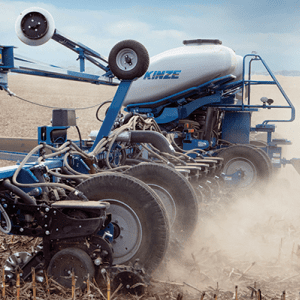In just a few weeks, tractors, planters and related equipment will be returning to fields to start planting the 2019 crop. To help you get ready, we have compiled a list of planting tips and reminders to help get you and your Kinze planter primed for action. Even if you have started planting, these...





